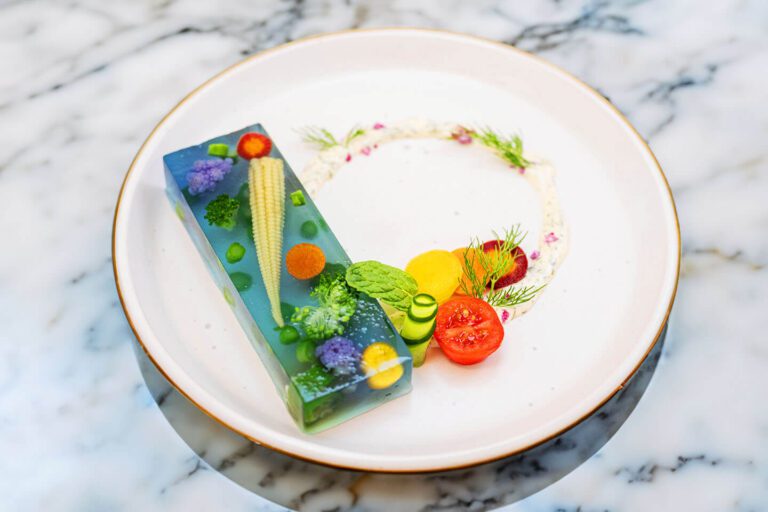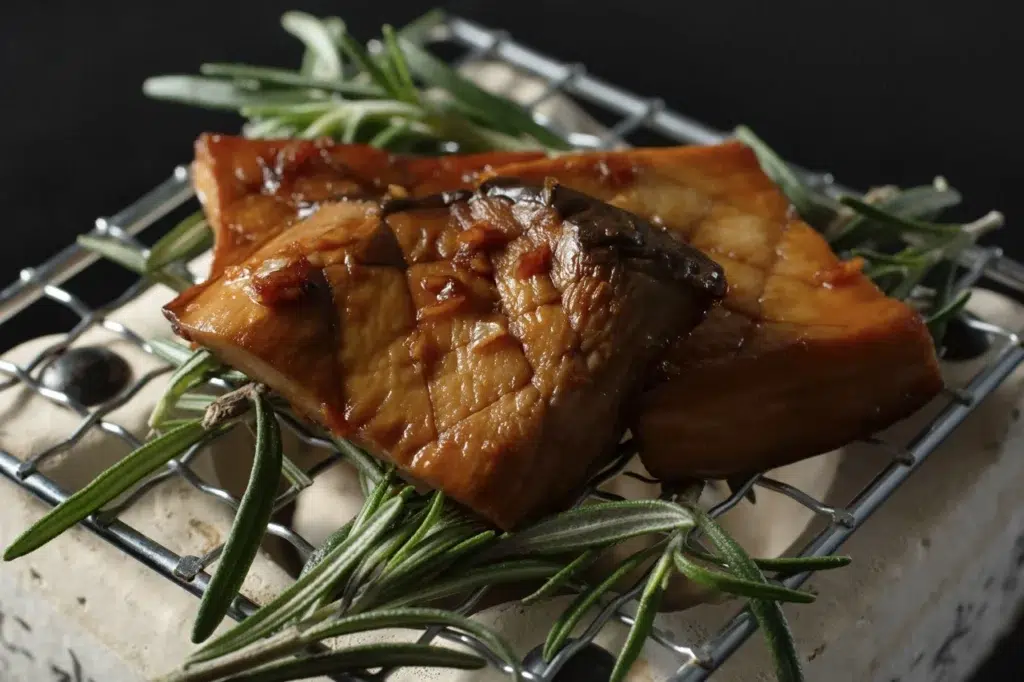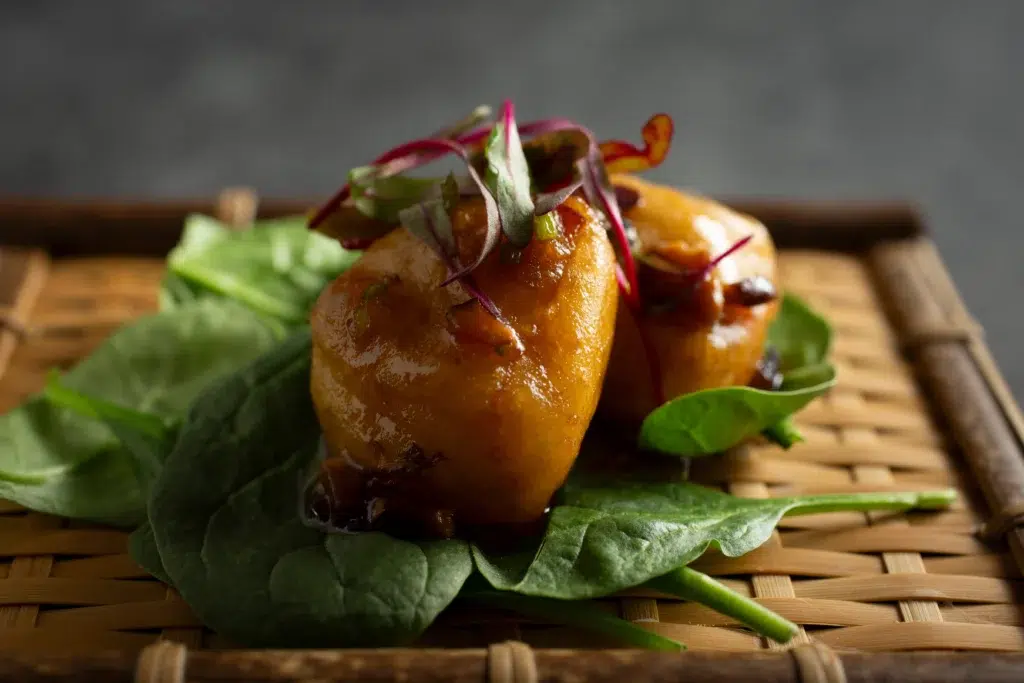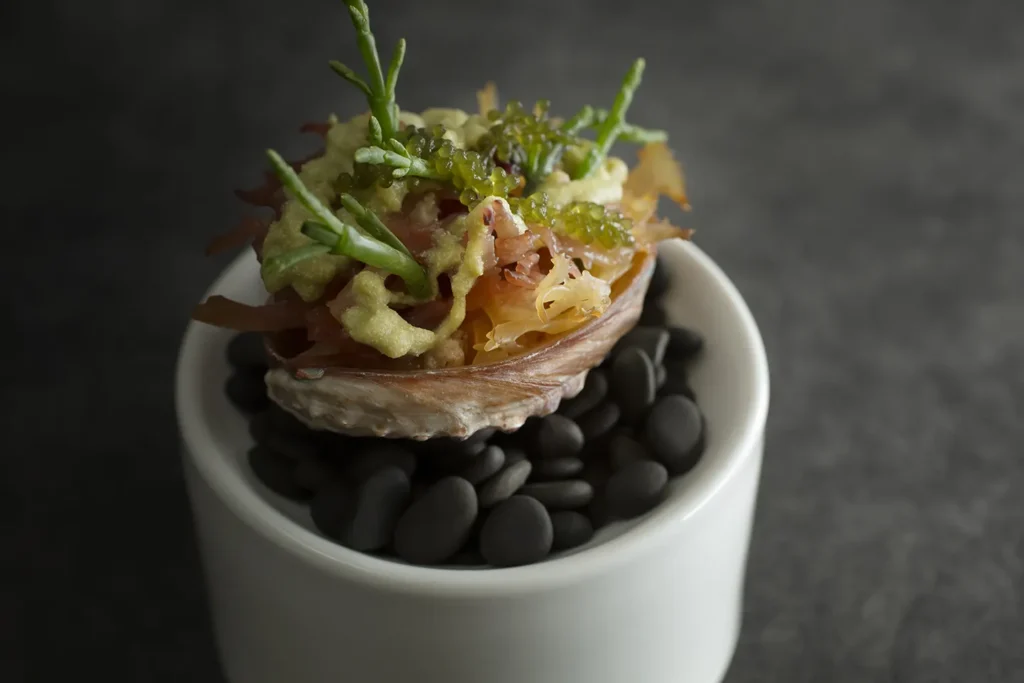Opening Hours
Monday-Tuesday: Closed
Wednesday-Friday: 5pm-9pm
Saturday-Sunday: 12pm-9pm
Find Us
18420 Brookhurst St, Fountain Valley, CA 92708
Tel:(714) 587-9113
Eat Your Art Out
Taste of Beauty
Plant-based
Fine Dining
We are a plant-based fine dining restaurant where fresh, seasonal ingredients become art that you can see, smell, touch, and taste. Where different cultures and cuisines blend and evolve. Where each plate is a canvas and every meal is a masterpiece. Come, eat your art out.
Our seasonal tasting menus are crafted with plants as the stars of each dish. Think plant-based cuisine is bland and boring? Prepare to be mind-blown.




Menus
Reservations
Testimonials
Marquis W.
Top notch everything! As a carnivore, I don't expect much from vegan food yet alone the restaurants. This place changed my perspective.
Vaibhav B.
This was a great and fun experience! It is hard to find a vegetarian/vegan restaurant that provides an elevated food experience.
Chantal M.
An honest gem! Whether you're vegan, vegetarian, or neither, this plant-based restaurant is great for everyone! I am not vegetarian; however, I found this spot to be such an amazing experience.
Diane L.
This isn't your ordinary Vegetarian restaurant. It was so pretty from the moment I walked in. The ambiance was very nice. The presentation on every dish was so beautiful.
Marcel E.
Our visit to Taste of Beauty was nothing short of extraordinary! We embarked on an incredible journey through an 8-course plant-based feast. Anthony, our server, was an absolute gem. He expertly guided us through each course, serving us with grace and care, and sharing the story behind every dish.
Tea Experience
Deepen your appreciation of Asian culture and learn the traditional way of brewing rare, exquisite Chinese teas.
Private Events
Searching for a unique venue for a large birthday party? Seeking a progressive restaurant for teambuilding occasions? Need a wedding catering service for a vegetarian couple? We consider every event an opportunity to create unforgettable moments, one plate at a time.
Gift Cards
Gift the love of flavors. It will be the perfect experience for your flavor connoisseurs, eco-eaters, and weekday vegetarians.
Join Us
Hours
Monday-Tuesday: Closed
Wednesday-Friday: 5pm-9pm
Saturday-Sunday: 12pm-2pm, 5pm -9pm

Contact
-
General: (714) 587-9113
-
Events: (714) 916-9619
- General: info@thetasteofbeauty.com
- Press: media@thetasteofbeauty.com
- Events: events@thetasteofbeauty.com
Copyright © 2024 Taste of Beauty | Built by GreaterThan
